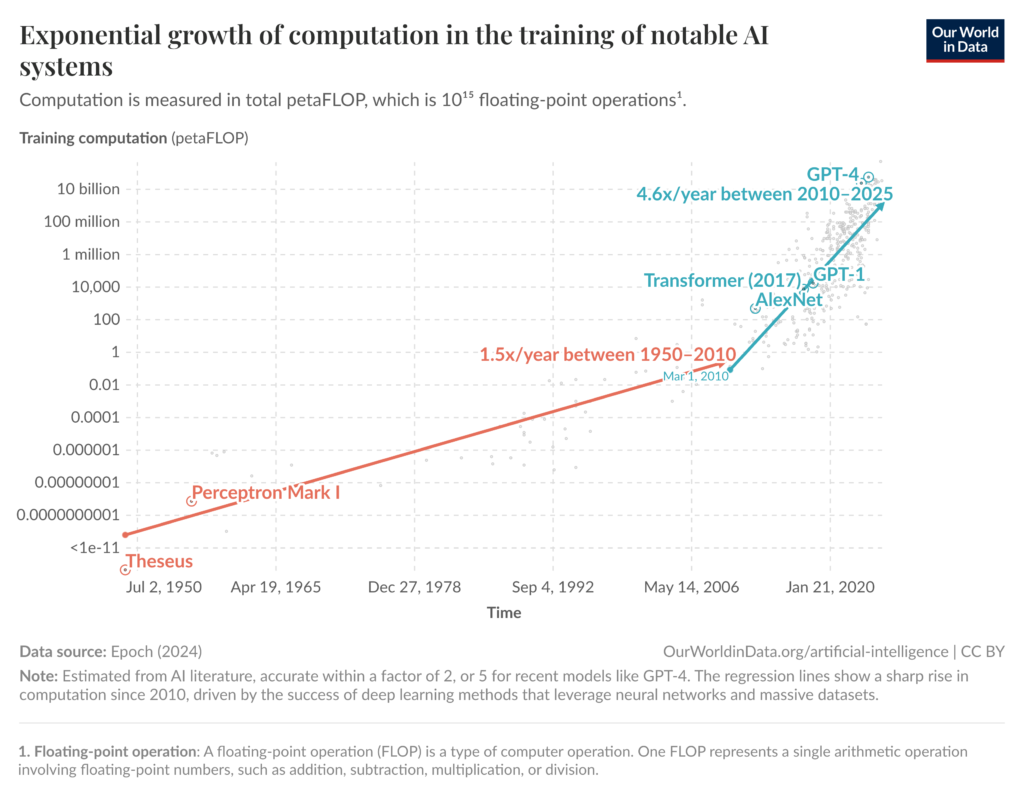As businesses increasingly navigate a landscape reshaped by artificial intelligence (AI), understanding and adopting advanced strategies is crucial for maintaining relevance and visibility. One such strategy is Artificial Intelligence Optimisation (AIO).
This post delves into what AIO is, the strategies necessary for business success, and how organisations can effectively leverage these methods to thrive in an AI-dominated world.
- Understanding the significance of Artificial Intelligence Optimisation (AIO).
- Strategies for enhancing content visibility in AI-driven environments.
- Benefits of adopting AIO for operational efficiency.
- Key challenges businesses face in AI integration.
Understanding AIO
Artificial Intelligence Optimisation (AIO) is all about improving the performance and efficiency of AI systems by ensuring your content is designed, accessible and useful for AI-powered search applications. As AI continues to evolve at a rapid pace, businesses need to optimise every part of their digital strategy to stay competitive.
At its core, AIO entails fine-tuning AI algorithms, models, and content. The primary goals are:
- Enhancing operational efficiency: Streamlining processes to reduce resource consumption for better performance.
- Boosting effectiveness and accuracy: Improving the reliability of AI outputs to meet business needs.
- Reducing computational requirements: Lowering the resource intensity of AI systems while maintaining effectiveness.
- Optimising content for AI-driven search engines: Creating content that aligns seamlessly with how AI interprets and ranks information.
For further insights on AIO, explore the detailed explanations available at Solvice and Search Engine Land.

AIO strategies for business success
To successfully implement AIO, businesses should adopt several key strategies:
1. Optimise content for AI readability
Content needs to be crafted with AI in mind. Implementing semantic search tactics, which focus on high-intent, long-tail keywords, can enhance content accessibility. Transitioning away from inaccessible formats like PDFs or gated content ensures that material is more readily available to AI systems. It’s also vital to prioritise depth and topical authority rather than superficial keyword stuffing. This means providing comprehensive, informative, and engaging content that resonates with your target audience.
2. Diversify content formats
Incorporating a variety of content formats can significantly enhance visibility within generative AI search environments. Video content, interactive infographics, and podcasts appeal to different processing capabilities of AI systems. By diversifying, businesses can cater to varied audience preferences, making their content more appealing and effective across platforms.
3. Implement AI-centric SEO practices
While traditional SEO practices remain foundational, there’s a need to evolve them for AI-centric environments. Consistent web formatting, compelling meta descriptions, and optimised image alt attributes are essential. Businesses should ensure their writing aligns with users’ search intent and engages specific audiences through well-defined content segments. It’s crucial to follow Google’s E-E-A-T guidelines (Experience, Expertise, Authoritativeness, Trustworthiness) to maintain high content quality.
4. Leverage AI technologies
Adopting AI tools can enhance various business operations. For instance, machine learning platforms can deliver data-driven insights, and natural language processing (NLP) can improve customer interactions by personalising responses. Robotic process automation can also streamline repetitive tasks, freeing up team members for more strategic initiatives.
5. Develop AI skills within your organisation
Investing in your team’s AI capabilities is essential. Identifying skills gaps in areas like machine learning and data science can highlight areas for development. Facilitate training for existing employees or consider recruiting talent with niche expertise. Encouraging collaboration between departments can also foster innovation and effective integration of AI initiatives.
6. Adapt to zero-click search trends
In an age where answering questions directly is paramount, businesses must shift their focus from driving clicks towards providing comprehensive and succinct content. Optimising for featured snippets and AI-generated summaries can significantly enhance visibility. Metrics for success should evolve, examining search impressions and overall AI reach rather than merely tracking clicks.

AIO technologies and techniques
Implementing AIO involves leveraging various technologies that boost website engagement and content optimisation. Key technologies include:
- Deep Learning: Helps develop recommendation systems and personalised content.
- Natural Language Processing (NLP): Powers advanced customer service tools such as chatbots and sentiment analysis software.
- Computer Vision: Enhances visual search capabilities, facilitating user interaction with a brand’s visual elements.
- Reinforcement Learning: Allows websites to dynamically adjust based on user behaviours and preferences.
- Predictive Analytics: Uses data forecasting to improve user targeting and marketing strategies.
Benefits of AIO for Businesses
The integration of AIO can yield notable advantages:
- Enhanced User Experience: Personalised content and optimised load times lead to greater user satisfaction.
- Increased Visibility: Improved ranking in AI-driven search results is achievable with well-optimised content strategies.
- Better Decision-Making: AI-powered analytics enable more informed business choices.
- Operational Efficiency: Automation of routine tasks can cut costs and enhance productivity.
- Competitive Edge: Early adoption of AIO strategies can distinguish a brand in dynamic digital markets.
Navigating challenges and considerations
While embracing AIO offers lots of advantages, businesses should remain ready for potential challenges:
- The fast-paced evolution of AI technologies necessitates ongoing adaptation strategies.
- Ethical considerations regarding AI implementation and data management must always be prioritised.
- Businesses need to strike a balance between automation and human creativity and oversight.
- Ensuring the quality and availability of data for AI training is essential for optimal outcomes.
Positioning for success
The future of digital marketing lies significantly in the hands of AI. By embracing AIO strategies and staying abreast of advancements in AI technologies, businesses can position themselves not only for survival but for success in an evolving landscape.
As you optimise both technical infrastructures and content strategies, remember that the journey towards successful AIO implementation is continual and requires adaptability. By integrating these insights and approaches into your operations, you are taking significant steps towards maximising the potential of AI in your business.
For expert guidance and tailored strategies to leverage AIO effectively, don’t hesitate to reach out to Blank Slate Digital. Let us partner with you to elevate your digital presence and ensure your business thrives in the new AI landscape.


